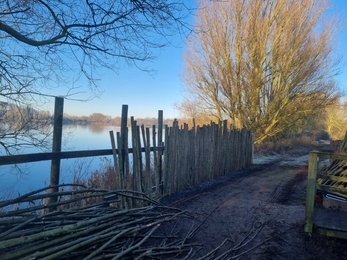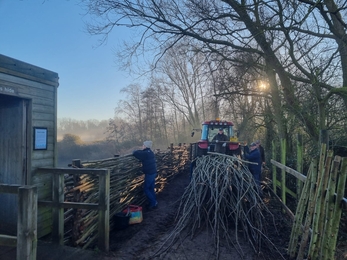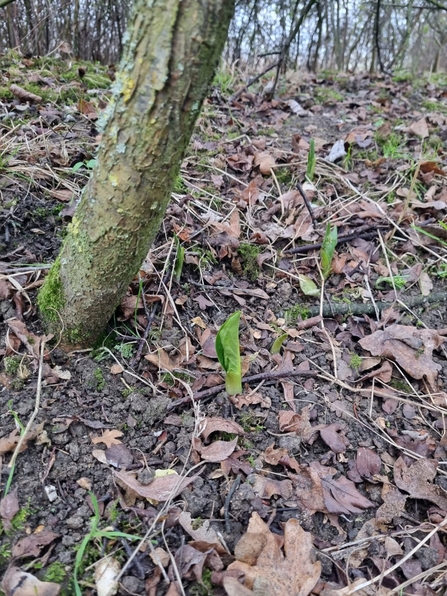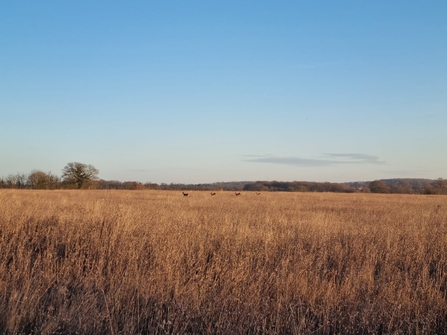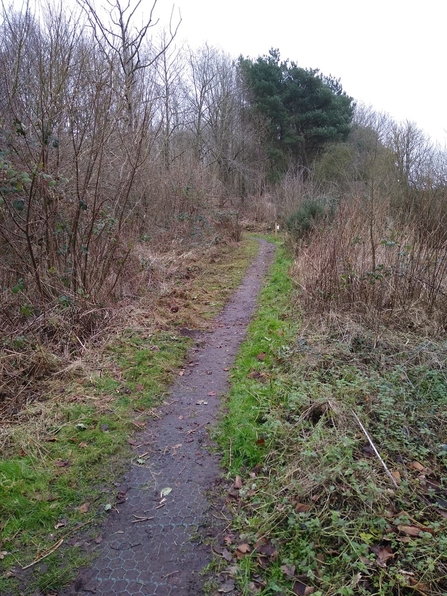Pond creation
The West Suffolk Team have been installing a new pond at Black Bourn Valley this week. New ponds are dug where they can provide links to other ponds and terrestrial habitats to create strong habitat networks. They should also be away from large trees to avoid leaves filling the pond, usually in low ground to enable it to retain water for longer periods.
Pond creation is contributing to the efforts of reversing the current human-induced decline in biodiversity. Ponds in Suffolk support threatened wildlife including great crested newt, turtle dove, rare stoneworts and host of other species, as well as providing a range of resources and habitats for our more common species. Important for birds, bats, invertebrates, amphibians, reptiles, plants, algae and many others, clean water ponds cannot be underestimated for their wildlife value.
Once an arable farm, we have been ‘wilding’ Black Bourn Valley. Fields have been left to revert naturally and at present are dominated by plants such as bristly oxtongue and thistle which attract yellowhammer, linnet and goldfinch while skylark can be seen hovering above the open fields.







